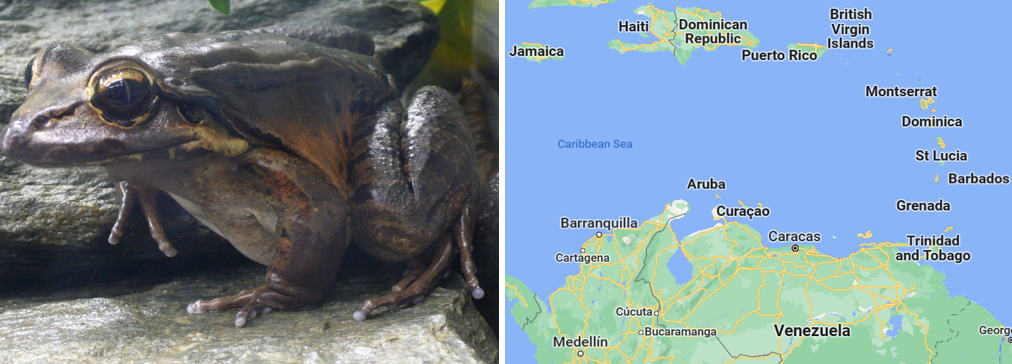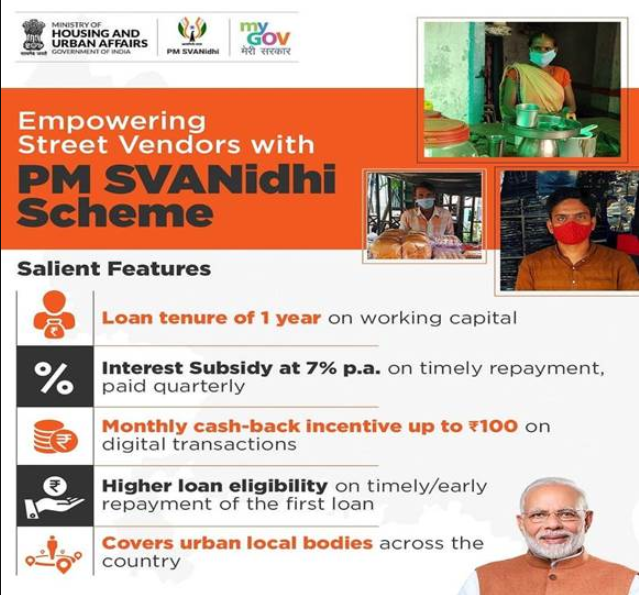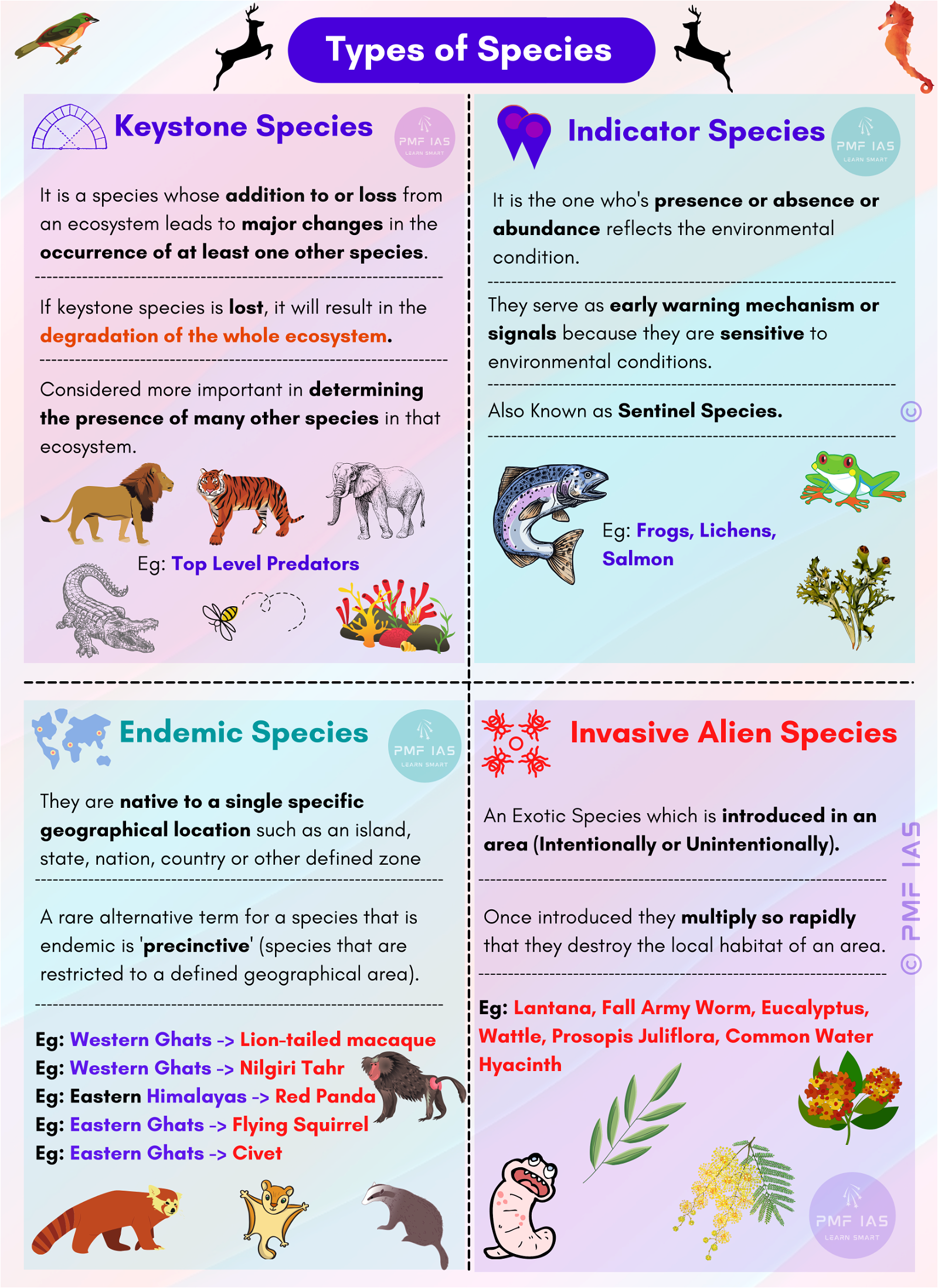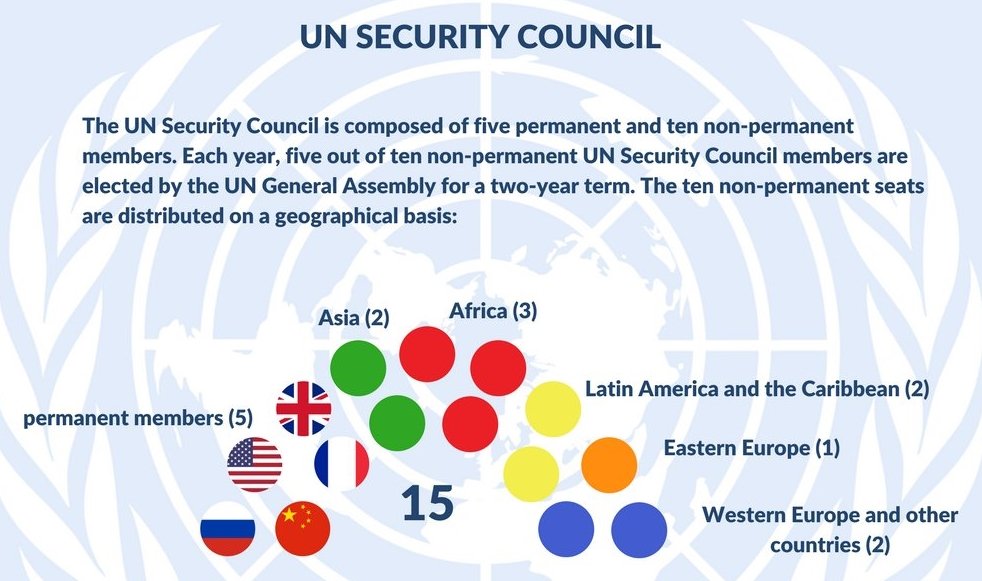
Current Affairs October 28, 2023: Integration of J&K, Ajinomoto Monosodium Glutamate (MSG), Arctic Council, Marine Cloud Brightening (MCB)
Subscribers of "Current Affairs" course can Download Daily Current Affairs in PDF/DOC
Subscribe to Never Miss an Important Update! Assured Discounts on New Products!
Must Join PMF IAS Telegram Channel & PMF IAS History Telegram Channel
{GS1 – MIH – Events} Integration of J&K
- Context (TH): After August 5, 2019, the J&K administration designated October 26 as the Accession Day and declared it an official holiday.
- Accession Day is celebrated to commemorate the arrival of the Indian Army in J&K on October 26, 1947, followed by the signing of the Instrument of Accession by Maharaja Hari Singh.
- The ‘Instrument of Accession’ refers to the legal document through which princely states integrated their territories into the Dominion of India after its independence in 1947.
Integration of Princely States
- At the time of independence, the British India was divided into:
- British Indian Provinces: Controlled by the British government.
- Princely States: Controlled by the princes if they accepted British supremacy (Paramountcy or suzerainty of the British crown). They covered one-third of the land and one-fourth of the population of the British Indian Empire.
- Just before Independence, the British announced that the paramountcy of the British crown would lapse, and the Princely states were free to join either India or Pakistan or remain independent.
- This decision was left not to the people but to the princely rulers of these states.
- Immediately after independence, India faced many challenges, foremost among them being the integration of princely states.
- Because an independent princely state or Pakistan (if princely states join it) within India could threaten the very existence of a united India.
Government’s approach
- The interim government took a stance against the possible division of India into small principalities.
- Sardar Patel played an important role in negotiating with the rulers of princely states.
- He acted firmly but diplomatically and brought most of them into the Indian Union.
- Before 15 August 1947, peaceful negotiations brought almost all states whose territories were contiguous to the new boundaries of India into the Indian Union.
- The rulers of most of the states signed the ‘Instrument of Accession’, which meant that their state agreed to become a part of the Union of India.
- At the time of independence, the Princely States of Junagadh, Hyderabad, Kashmir, and Manipur did not sign the Instrument of Accession.
- The issue of Junagarh was resolved after a plebiscite confirmed people’s desire to join India.
- GoI annexed the princely state of Hyderabad in September 1948 through a military operation named Operation Polo.
- The GoI signed the Merger Agreement with Bodhachandra Singh (Maharaja of Manipur) in September 1949 and merged Manipur with India.
Integration of Jammu and Kashmir
- Before 1947, the Princely State of Jammu and Kashmir (J&K) was ruled by a Hindu ruler, Hari Singh.
- He wanted to have an independent status for his state.
- The Pakistani leaders thought the Kashmir region ‘belonged to Pakistan since the majority of the population of the State was Muslim.
- The popular movement in the State, led by Sheikh Abdullah of the National Conference, was against joining Pakistan.
- In October 1947, Pakistan sent tribal infiltrators from its side to capture Kashmir.
- This compelled the Maharaja to request military assistance from India.
- After the Maharaja signed an ‘Instrument of Accession’ with the GoI, India provided military aid and drove out the infiltrators from the Kashmir valley.
{GS2 – Health – Issues} Ajinomoto
- Context (IE): Ajinomoto is a brand name for monosodium glutamate (MSG).
- It is a common additive widely used in processed foods, restaurant cuisine, and fast-food items.
- It is primarily used to enhance the savoury taste of foods; it has no nutritional value.
- It is the sodium salt of glutamic acid (a common amino acid).
- Health issues caused by Ajinomoto are obesity, high uric acid levels, reproductive issues, etc.
- A few years ago, several states banned Nestle Maggi because of the presence of MSG, while its packaging had a misleading labelling “No added MSG”.
|
{GS2 – Health – Issues} Heavy Metals in Vegetables
- Context (DH): The use of wastewater to grow vegetables has led to a higher concentration of heavy metals in them in Bengaluru.
Heavy Metals
- Heavy metals are a group of chemical elements with relatively high atomic weights and densities.
- These metals occur naturally in Earth’s crust, but human activities like industrial processes, mining, and burning fossil fuels have increased their release into the environment.
- Depending on their concentration and the specific metal, heavy metals can either be essential or toxic to living organisms.
- Essential Heavy Metals: Heavy metals, such as copper, zinc, and iron, are essential micronutrients living organisms require in trace amounts for biochemical and physiological functions. E.g., iron is crucial for oxygen transport in haemoglobin and zinc for enzymatic reactions.
- Toxic Heavy Metals: Heavy metals like lead, mercury, cadmium, arsenic, and chromium can be toxic to living organisms, even at low concentrations. They can cause a range of health problems.
For More Information on Heavy Metals, refer to PMF IAS Environment 2nd Edition
{GS2 – IR – Groupings} Arctic Council
- Context (IE): The Arctic is warming four times faster than the global average, leading to the loss of sea ice and the thawing of permafrost.
- The Arctic Council is the leading intergovernmental forum promoting cooperation, coordination, and interaction among the Arctic States, Arctic Indigenous Peoples, and other Arctic inhabitants.
- It addresses the concerns related to the Arctic region, including sustainable development and safeguarding the environment in the Arctic region.
- It was formally established in 1996 through the Ottawa Declaration.
- The establishment was preceded by the Arctic Environmental Protection Strategy (June 1991), a declaration on protecting the Arctic environment.
Members of the Arctic Council
- The eight Arctic States (whose territories fall in the Arctic region) are members of the Arctic Council.
- These are Canada, Denmark, Finland, Iceland, Norway, Russia, Sweden, and the US.
- All Arctic Council decisions:
- Require consensus of the eight Arctic States.
- Happens in consultation with the permanent participants.


Permanent Participants
- Six organisations representing the indigenous people of the Arctic region have been granted the status of permanent participants.
Observer Status
- The Observer status is granted to entities that support the objectives of the Arctic Council and have demonstrated capabilities, including the ability to make financial contributions.
- Observers of the Arctic Council are:
- Thirteen Countries, including India.
- Thirteen intergovernmental and inter-parliamentary organisations
- Twelve Non-governmental organisations.
|
What doesn’t the Arctic Council do?
- The Arctic Council cannot implement/enforce its guidelines, assessments, or recommendations. The responsibility belongs to individual Arctic States or international bodies.
- The Arctic Council’s mandate excludes military security.
- It has no programming budget. Arctic States sponsors all projects or initiatives. Some projects also receive support from other entities.
{GS2 – MoCA – Initiatives} Guidelines to Curb Dark Patterns
- Context (TH): The Consumer Affairs Secretary stated that certain online malpractices by airlines and travel portals, using “dark patterns” in the website interface to deceive consumers, are “cybercrime.”
- Dark pattern is a deceptive practice employed to influence user behaviour in a way that benefits the company implementing it.
- For example, when we receive a pop-up request for personal information, we find locating the ‘reject or close’ link/button challenging.
- Protection: Deceptive patterns that manipulate consumer choice and impede their right to be well-informed constitute unfair practices prohibited under the Consumer Protection Act 2019.
Guidelines to Curb Dark Patterns
- In September 2023, the Ministry of Consumer Affairs (MoCA) released draft guidelines to curb “dark patterns” online platforms use.
- The objective is to identify and define tactics as dark patterns so the MoCA can act against platforms indulging in this under Section 18 of the Consumer Protection Act, 2019.
- According to the draft document, “dark patterns” encompass:
- Any practices or deceptive design patterns within UI/UX (user interface/experience) interactions.
- Purposefully crafted manipulative triggers that trick the user into taking an action.
- Undermining consumer autonomy, decision-making, or choice, ultimately leading to misleading advertising, unfair trade practices, or violations of consumer rights.
- The document specifies ten types of dark patterns: False urgency, basket sneaking, confirm shaming, forced action, subscription trap, interface interference, bait and switch, drip pricing, disguised advertising, and nagging.
Dark patterns with examples
- False Urgency: Falsely stating the urgency/scarcity to make someone buy something quickly. (E.g., Hurry Up! Only a few are left in stock).
- Basket sneaking: Inclusion of additional items such as products, services, payments to charity/donation at the time of checkout from a platform without the user’s consent.
- Confirm shaming: Using a phrase, video, audio, or any other means to create a sense of fear, shame, ridicule, or guilt in the user’s mind to nudge the user to act in a certain way.
- Forced action: Forcing a user into taking an action requiring the user to buy any additional good(s) or subscribe or sign up for an unrelated service.
- Nagging: Users face an overload of requests, information, options, or interruptions.
- Bait and switch: Advertising a particular outcome based on the user’s action but deceptively serving an alternate outcome.
- Interface interference: A design element that manipulates the user interface to highlight certain specific information and obscure other relevant information.
- For instance, On IndiGo’s mobile application, the skip option is placed in the top right corner but displayed in a tiny font.
{GS3 – Envi – Conservation} Marine Cloud Brightening (MCB)
- Context (TH): Marine cloud brightening (MCB) is a geoengineering technique that produces brighter and whiter low marine clouds.
- Such clouds reflect sunlight away from the ocean’s surface and protect corals from bleaching.
How is a Cloud Brightened?
- A warm cloud (as opposed to an ice cloud) is a collection of small water droplets floating in the air.
- A cloud with numerous small droplets appears brighter than one with fewer large droplets, regardless of their total water content.
- Each droplet is formed by condensation of water vapour around a nucleus.
- The nucleus can be any tiny particle suspended in air.
- In the lower atmosphere, there are thousands of tiny airborne particles called “aerosols”.
- In very clean maritime air, aerosols available are mainly sulphates and sea salt crystals.
- They are generally fewer in number, resulting in the formation of clouds with large droplets.
- So, to boost marine aerosols, large volumes of tiny seawater droplets are sprayed into the air.
- As the tiny seawater droplets evaporate, they leave behind sea salt. These additional sea salts, when incorporated into a cloud, brighten the cloud.
|
Benefits of Marine Cloud Brightening
- Offsets anthropogenic global warming and slows climate change.
- Reduces the risk of extreme weather events (like heat waves and droughts).
Concerns with Marine Cloud Brightening
- Alters precipitation patterns and weather systems.
- Unintended consequences for ecosystems and human health.
- For More Information on Coral Bleaching, refer to PMF IAS Environment 2nd Edition
{GS3 – Envi – Degradation} Mountain Chicken Frog Threatened by Chytrid Fungus
- Context (DTE): Mountain chicken frog faces imminent extinction in the wild.
- It is virtually wiped out from the island of Dominica by the chytrid fungus.
Chytrid Fungus (Batrachochytrium dendrobatidis)
- Chytrid fungus is a microscopic fungus that infects amphibians (like frogs, toads, & salamanders).
- It is a highly contagious pathogen and causes the disease chytridiomycosis.
- It infects the skin of amphibians and disrupts their ability to maintain their water balance. This can lead to dehydration, heart failure, and death.
- Chytrid fungi have originated in Africa and spread to other parts through trade and human activity.
- It is now present in all continents except Antarctica.
- It has caused the decline or extinction of over 200 amphibian species worldwide.
Mountain Chicken Frog (Leptodactylus fallax)
- The mountain chicken frog (or giant ditch frog) is one of the largest frogs in the world.
- Distribution: It is native to the Caribbean islands of Dominica and Montserrat.
- Habitat: It is found in moist habitats such as rainforests.
- It is nocturnal and carnivorous.
- Threats: Habitat loss, invasive species, chytrid fungus.
- Conservation status: IUCN: Critically Endangered

{GS3 – IE – Issues} Market Concentration of Adani in Shipping
- Context (IE): Along India’s 5,422 km coastline, Adani has a presence every 500 km on average.
- Adani group’s market share in total cargo handled has increased from 9% in 2013 to 24% in 2023, while Central govt-controlled ports dropped to 54.5% in 2023 from 58.5% in 2013.
- Adani Ports and SEZ Private Ltd (APSEZ) is now India’s largest commercial port operator.
- Besides ports, APSEZ operates terminals at three major ports as well.
- All these are leading to the risk of market concentration in the shipping sector of India.
- Market concentration is the degree to which a few firms control a large share of an industry.

Other Sectors where Adani group’s Footprint has Expanded Rapidly
|
Concerns with Market Concentration
- Reduced Competition
- High entry barriers for newer and smaller players
- Abuse of market power: Dominant firms can manipulate prices and act anti-competitively
Way Forward
- The growth of “natural monopolies” in sectors such as ports and airports is not uncommon.
- The clear mandate in such a situation is to address and prevent “abuse of monopoly”.
- The concerned regulator should intervene whenever it gets evidence of abuse of power.
Study Vizhinjam International Seaport Project > PMF IAS 19th Oct 2023 CA
Study Hindenburg Report And ED Investigation > PMF IAS August 2023
{Prelims – Sci – Chemistry} Thallium
- Context (TH | TOI | IE): An agricultural scientist used Thallium, known as the “poisoner’s poison,” to kill her husband and in-laws.
- Thallium is a bluish-white metal that turns grey when exposed to air.
- It is a very toxic heavy metal which is colourless, odourless, and tasteless.
- Thallium a particularly dangerous poison, as it is difficult to detect.
- It can enter the body through inhalation, ingestion, or skin absorption.
- Thallium poisoning can be fatal, but there is an antidote called Prussian blue.
|
Uses of thallium
- Rodenticide
- Electronics
- Optical lenses
- Low temperature thermometers
- Medical procedures: Such as radiology.
- Imitation jewels





![PMF IAS Environment for UPSC 2022-23 [paperback] PMF IAS [Nov 30, 2021]…](https://pmfias.b-cdn.net/wp-content/uploads/2024/04/pmfiasenvironmentforupsc2022-23paperbackpmfiasnov302021.jpg)











